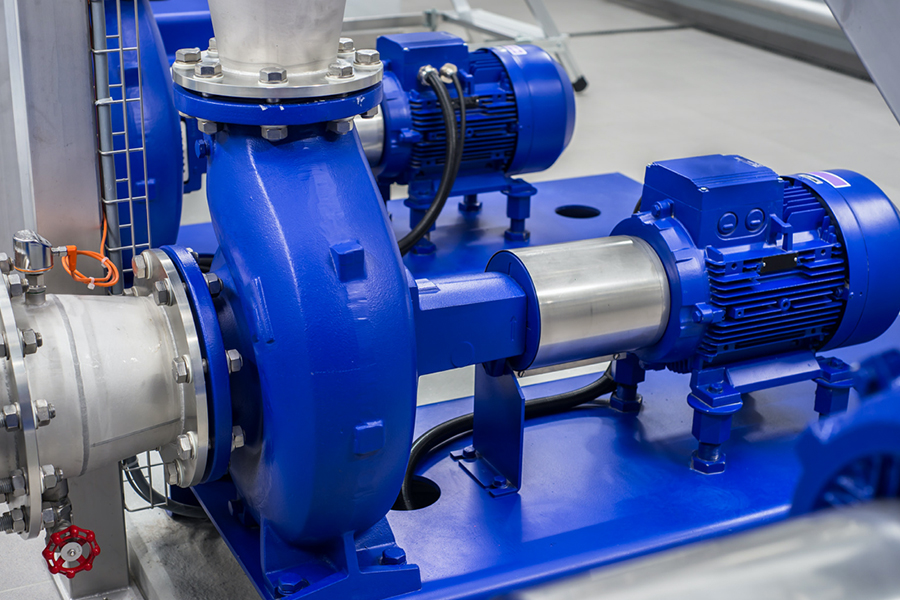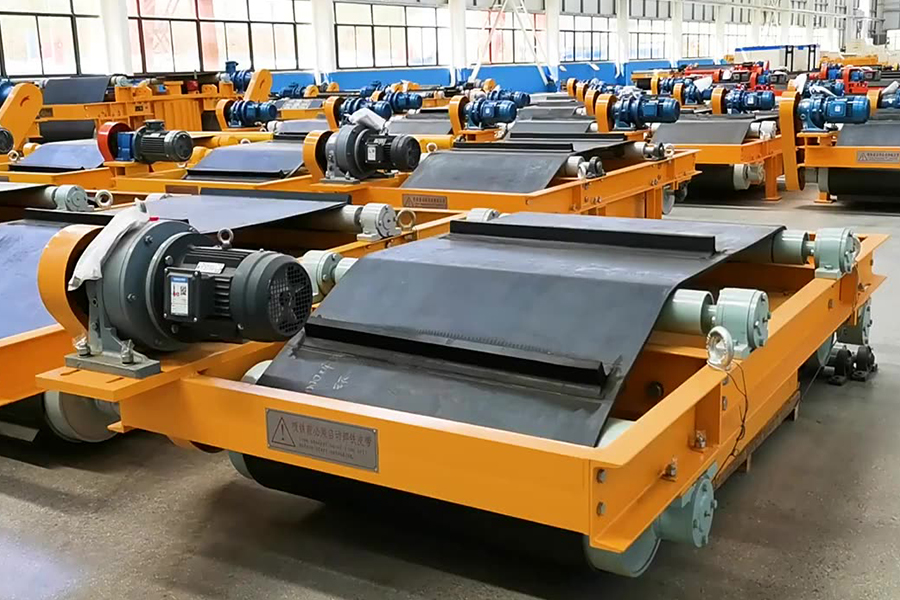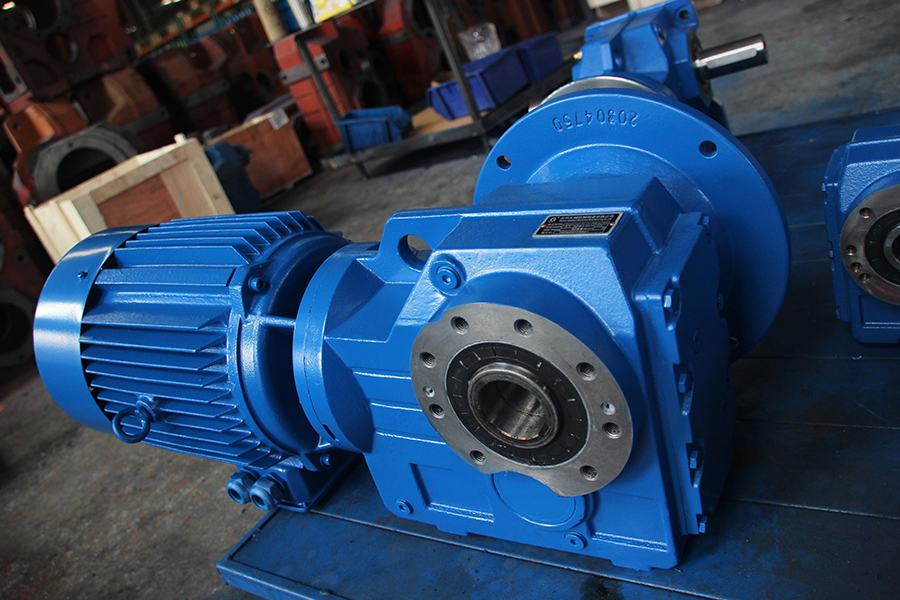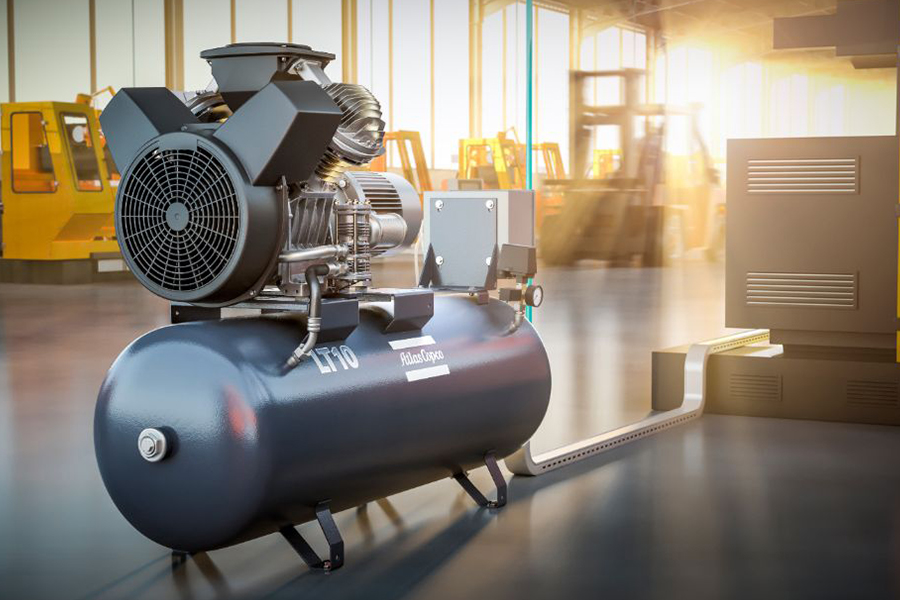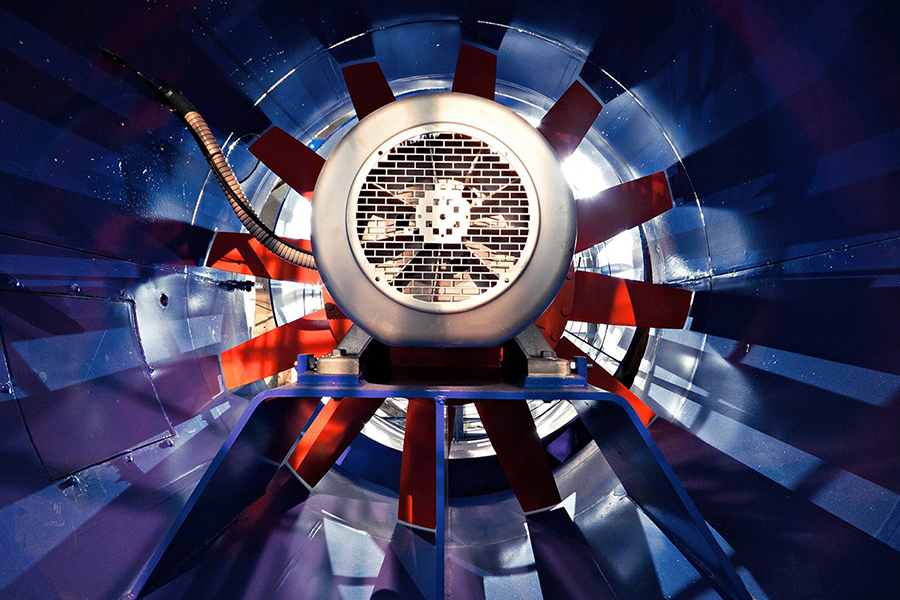Choosing between a Single Phase Brake Motor and a Three Phase Asynchronous Motor isn’t a one-size-fits-all decision. You must weigh power supply, load type, braking needs, control complexity, cost, and maintenance.
Key Decision Criteria for Motor Selection
Power Supply & Infrastructure Constraints
One of the more fundamental considerations is what your power infrastructure allows:
If your facility or site already supports three-phase power with sufficient capacity, then Three Phase Asynchronous Motor becomes a strong candidate.
If you only have single-phase supply (for example in remote or small-scale installations), then a Single Phase Brake Motor may be your default choice, as installing three-phase feed lines might be costly or impractical.

Load Type & Duty Cycle
How your load behaves over time significantly influences your choice:
For continuous, relatively high-power operation (e.g. pumps, fans, compressors), Three Phase Asynchronous Motor generally delivers better efficiency and stability.
If your system is characterized by intermittent operation, frequent start/stops, or needs holding/braking between cycles, a Single Phase Brake Motor may offer advantages, especially when you require fast halt or positional holding.
Braking & Holding Requirements
This is where the distinction is often decisive:
Single Phase Brake Motor includes built-in braking mechanisms that engage automatically when power is removed. It can hold load, prevent drift, or ensure safe stops without additional hardware.
A Three Phase Asynchronous Motor does not inherently include a brake. If you need braking or holding, you must integrate external brakes, DC injection braking, or add mechanical systems.
In industrial forums, users often discuss how to coordinate motor and brake control. For example, one user asked about logic to control motor and brake simultaneously in a PLC ladder logic. Another user discussed the challenge of combining soft starters with motor brakes, noting that timing and sequencing must be managed to avoid conflict between the brake and running phases.
Control & Starting Method
How the motor is started and controlled also matters:
Three Phase Asynchronous Motor pairs well with soft starters or variable frequency drives (VFDs). These offer smooth ramp-up/ramp-down, better torque control, and energy savings.
For Single Phase Brake Motor, control options are more limited. It often relies on direct-on-line (DOL) starts, capacitor start/ run circuits, and must carefully sequence brake release before applying torque.
In some discussions, users note that at low speeds or during braking, control becomes more complex when combining braking and variable speed — especially with soft starters.
Cost, Efficiency & Maintenance
A well-rounded decision must consider both upfront and lifetime costs:
Three Phase Asynchronous Motor generally offers better efficiency in continuous operation. Losses due to imbalance or harmonic distortion are often lower in three-phase systems.
Single Phase Brake Motor has extra mechanical elements (brake discs, springs, coils) that may require periodic maintenance or part replacement.
If braking is used heavily, wear on brake surfaces may become a maintenance burden.
Also consider the cost to add braking or holding mechanisms if you select a three-phase motor but still need braking later.
Reliability, Safety & Redundancy
Safety is always key, especially in automated or load-holding systems:
Brake motors provide fail-safe behavior (load is held when power is cut).
For three-phase motors with external brakes, you must ensure proper design and fail-safe wiring.
Make sure your design includes diagnostics or feedback for brake status (for example, sensors or limit switches).
Also, consider redundancy and spare parts: if you have many units, standardizing on one motor type (brake vs non-brake) simplifies inventory.

 English
English 中文简体
中文简体 عربى
عربى



